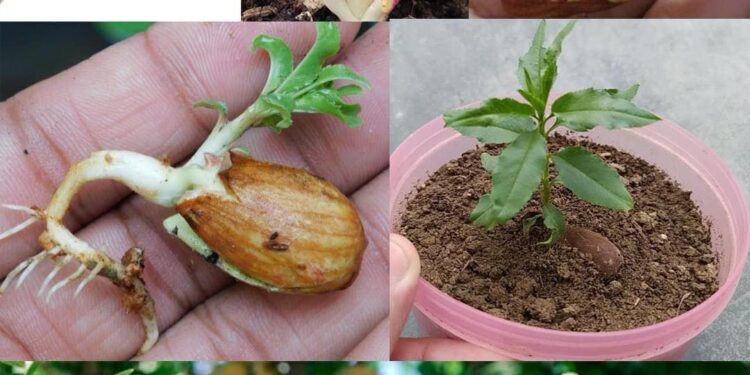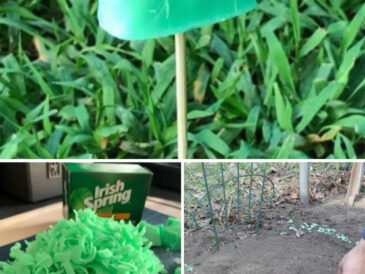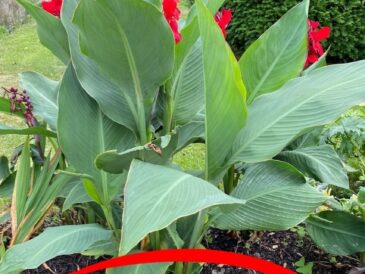- Maintaining Temperature Almond seeds germinate best in warm temperatures. Aim for daytime temperatures between 70-80°F (21-27°C) and slightly cooler nights. Use a heating mat if needed to maintain consistent warmth.
- Watering Carefully Almond seedlings are sensitive to overwatering. Allow the top layer of soil to dry out slightly between waterings, maintaining consistent moisture essential for seed germination.
- Transplanting Seedlings Once almond seedlings reach about 6 inches tall and develop several sets of true leaves, transplant them into larger pots or directly into the garden. Ensure well-draining soil and adequate space for growth.
- Fertilizing Young Trees Feed young almond trees with a balanced, slow-release fertilizer during the growing season. Follow fertilizer package instructions and avoid excessive nitrogen to promote fruiting over foliage growth.
- Pruning for Structure As your almond tree matures, prune to establish a sturdy, open structure. Remove crowded or crossing branches to enhance air circulation and sunlight exposure.
- Patience and Vigilance Growing almond trees from seeds requires patience, as it typically takes several years for almonds to mature and produce nuts. Monitor for pests and diseases, addressing issues promptly.
- Harvesting Almonds Your dedication will be rewarded with a harvest of delicious almonds. Almond trees generally begin bearing nuts within 3-5 years. Harvest almonds when the hulls split, revealing mature nuts inside.
Growing an almond tree from seeds is a fulfilling journey that combines patience, attentive care, and the joy of nurturing a tree that not only enhances your garden’s beauty but also yields a bounty of nutritious nuts. Embrace the process, enjoy the journey, and relish the rewards of your homegrown almond tree.
Pages: 1 2




